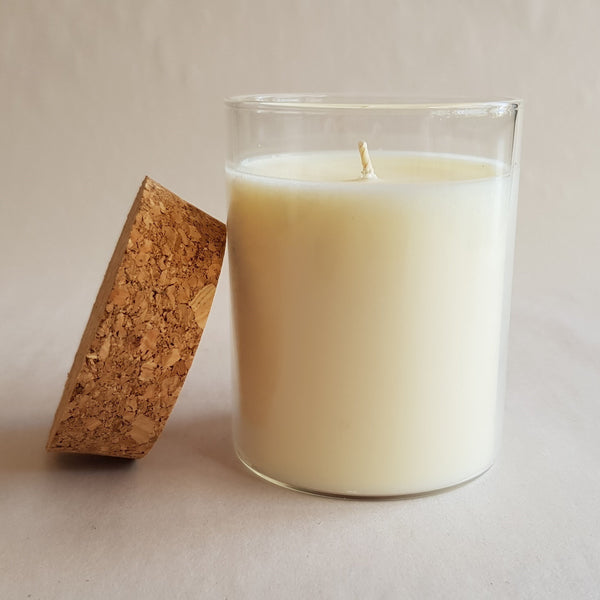Enhance Your Living Space with Extravagant Soy Candles and Home Fragrance
Enhance Your Living Space with Extravagant Soy Candles and Home Fragrance
Blog Article
From Wick to Wax: Comprehending the Chemistry Behind Soy Wax Candles and Their Environmental Impact
As we illuminate our areas with the warm radiance of candles, there exists a world of elaborate chemistry behind the apparently easy act of lighting a soy wax candle light. Join us as we unravel the scientific intricacies behind soy wax candles and discover their implications on our setting.
Soy Wax Vs. Paraffin Wax
When comparing soy wax and paraffin wax for candle light production, it is essential to recognize the distinct attributes and advantages of each material. Soy wax is an all-natural, renewable resource derived from soybean oil, making it environmentally friendly and biodegradable - candles. On the other hand, paraffin wax is a byproduct of petroleum refining, which raises issues concerning its ecological impact and sustainability
Soy wax candles shed cleaner and discharge much less residue compared to paraffin wax candle lights, making them a healthier selection for indoor air top quality. Furthermore, soy wax has a lower melting point, enabling for a longer-lasting candle light that distributes fragrance better. Paraffin wax, on the various other hand, often tends to burn faster and much less cleanly, possibly launching unsafe chemicals right into the air.
From a sustainability point of view, soy wax is favored for its biodegradability and sustainable sourcing, aligning with the expanding customer choice for eco mindful products. While paraffin wax has actually been a standard choice in candle making due to its cost and ease of use, the change towards green choices like soy wax is acquiring energy in the market.
Chemical Composition of Soy Wax

Combustion Refine in Soy Candles
The chemical structure of soy wax straight influences the combustion process in soy candles, influencing factors such as melt time, scent release, and ecological influence. When a soy candle light is lit, the warm from the flame thaws the wax near the wick.
The combustion efficiency of soy candle lights look at here now is affected by the pureness of the soy wax and the top quality of the wick. Furthermore, soy site wax candles have a lower ecological effect compared to paraffin candles due to their renewable and naturally degradable nature.

Environmental Advantages of Soy Wax

Taken into consideration a sustainable alternative to typical paraffin wax, soy wax provides notable environmental advantages that make it a preferred selection among eco-conscious consumers. Soy wax burns cleaner and creates much less soot than paraffin wax, adding to much better indoor air top quality and reducing the requirement for cleansing and upkeep. In general, the environmental advantages of soy wax straighten with the expanding need for lasting and environment-friendly items in the market.
Recycling and Disposal Factors To Consider
Recycling and correct disposal of soy wax candle lights play a vital role in keeping environmental sustainability and minimizing waste in houses and communities. The very first action is to make sure that the candle light has shed completely when it comes to recycling soy wax candle lights. This can be achieved by enabling the candle light to burn till the wick is no longer usable, and after that letting the continuing to be wax cool and solidify. When the wax has solidified, it can be meticulously gotten rid of from the container.

In regards to disposal, if recycling is not an alternative, soy wax candles are naturally degradable and can be securely taken care of in a lot of household waste systems. Nonetheless, it is always recommended to talk to neighborhood reusing centers or waste administration services for particular guidelines on candle disposal to guarantee correct handling and environmental management.
Final Thought
In final thought, the chemistry behind soy wax candle lights reveals their environmental advantages over paraffin wax candles. Soy wax, acquired from soybean oil, burns cleaner and creates less residue when contrasted to paraffin wax.
When comparing soy wax and paraffin wax for candle making, it is necessary to recognize the distinct features and advantages of each material (home fragrance).Soy wax candles shed cleaner and release much less soot compared to paraffin wax candle lights, making them a healthier selection for indoor air quality.Thought about a lasting choice to standard paraffin wax, soy wax supplies notable ecological advantages that make it a popular selection among eco-conscious consumers. Soy wax burns cleaner and creates much less soot than paraffin wax, contributing to far better interior air top quality and reducing the need for cleaning and upkeep.In verdict, the chemistry behind soy wax candle lights discloses their ecological benefits over paraffin wax candle lights
Report this page